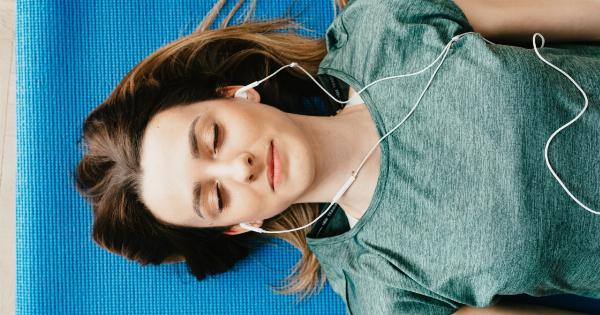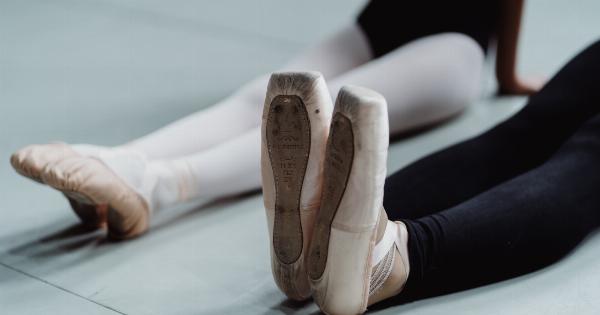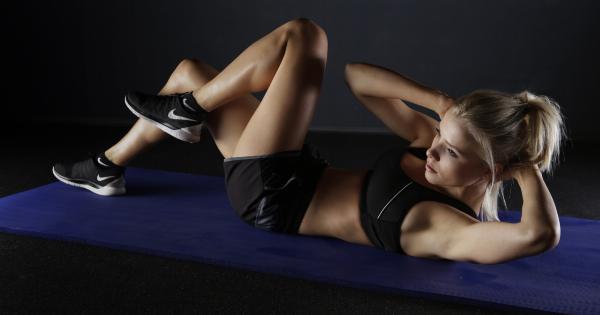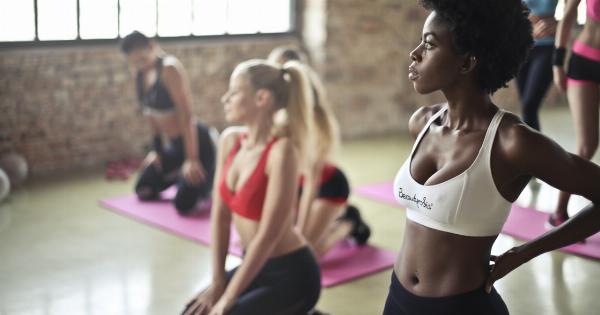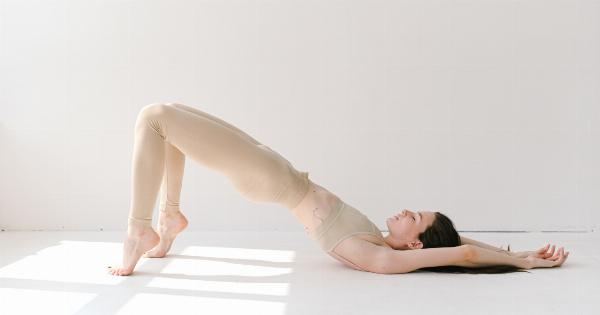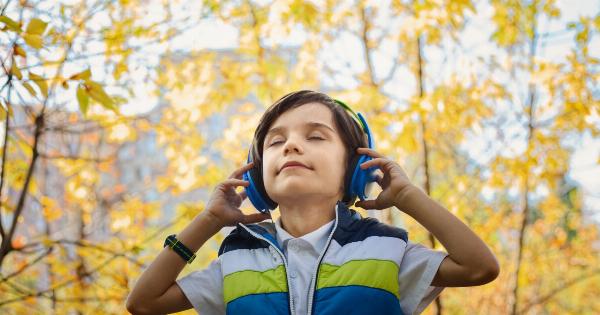Adolescence is a crucial period of development that sets the path for a girl’s future. It is during this time that girls experience physical and emotional changes, making it essential to practice mindfulness exercises.
Mindfulness helps girls navigate through the challenges of adolescence, cope with stress, and unlock their true potential. In this article, we will explore ten mindful exercises that can empower girls during this transformative phase of life.
1. Deep Breathing
Deep breathing is a simple yet effective mindful exercise. Encourage girls to inhale deeply through their nose, filling their lungs with air, and exhale slowly through their mouth.
This exercise helps alleviate stress, improves focus, and promotes calmness.
2. Body Scan Meditation
Body scan meditation involves focusing attention on different parts of the body, starting from the toes upwards. Girls can sit or lie down comfortably and bring their attention to each body part, observing any sensations or tension.
This exercise helps increase body awareness and promotes relaxation.
3. Gratitude Journaling
Gratitude journaling is a powerful mindfulness practice that involves writing down things girls are thankful for each day. Encourage them to reflect on positive experiences, achievements, and the people they appreciate.
This exercise promotes a positive mindset and boosts self-esteem.
4. Mindful Walking
Mindful walking is a practice that encourages girls to pay attention to their surroundings while taking a walk. Encourage them to notice the sensations in their feet, observe their surroundings, and be present in the moment.
Walking mindfully helps reduce stress, improve focus, and enhance overall well-being.
5. Loving-Kindness Meditation
Loving-kindness meditation involves directing compassionate thoughts towards oneself and others.
Girls can close their eyes and silently repeat phrases such as “May I be happy, may I be healthy, may I be safe” while gradually extending the wishes to friends, family, and even difficult individuals. This exercise nurtures empathy, fosters positive relationships, and enhances emotional well-being.
6. Mindful Eating
Mindful eating promotes awareness of the sensations, thoughts, and emotions that arise while eating. Encourage girls to eat slowly, savor each bite, and pay attention to the flavors, textures, and smells.
This exercise fosters a healthy relationship with food, prevents overeating, and cultivates gratitude for nourishment.
7. Guided Visualization
Guided visualization is a relaxation technique that involves imagining oneself in peaceful and positive surroundings. Girls can listen to a guided visualization recording or create their own mental imagery.
This exercise helps reduce anxiety, enhance creativity, and improve concentration.
8. Mindful Listening
Mindful listening involves focusing attention on sounds without judgment or reaction. Girls can sit quietly and bring their attention to the sounds around them, such as birds chirping or leaves rustling.
This exercise enhances auditory perception, cultivates presence, and sharpens concentration.
9. Body Movement Awareness
Body movement awareness encourages girls to tune into their body’s sensations and movements.
They can engage in activities like yoga, dance, or tai chi, paying attention to the way their bodies move and feeling the connections between their breath and movements. This exercise promotes physical well-being, body positivity, and self-expression.
10. Mindful Technology Use
With technology playing a significant role in adolescent lives, it is essential to practice mindful technology use. Encourage girls to take breaks from screens, set boundaries, and be aware of their thoughts and emotions while using technology.
This exercise fosters a healthy balance, reduces stress, and promotes digital well-being.



